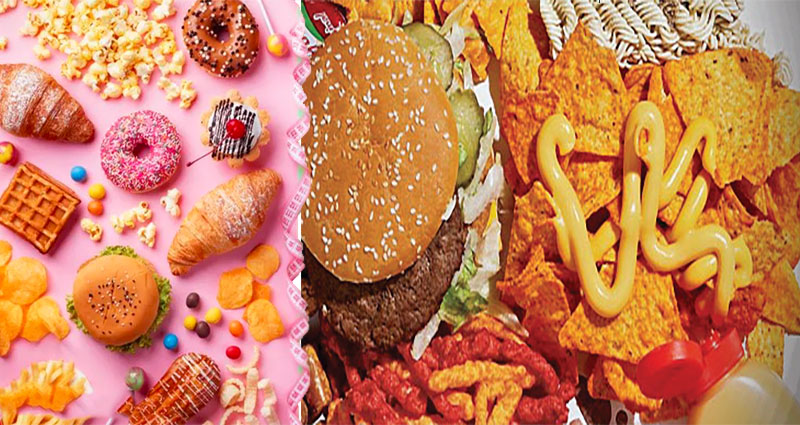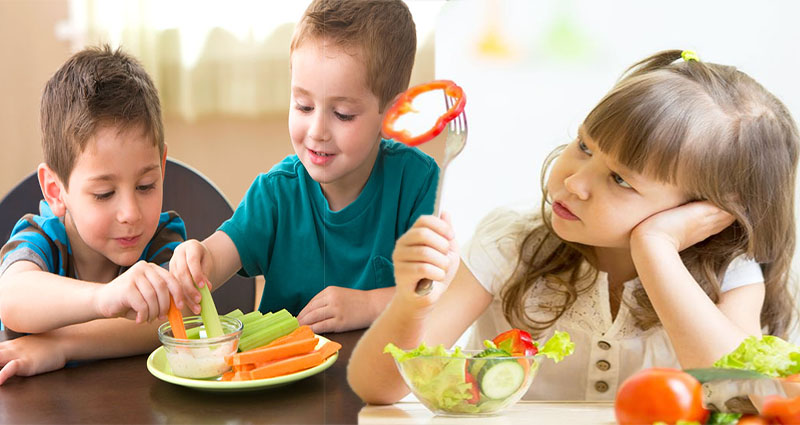Unhealthy Food For Kids
We have all heard that popcorn, greasy snack foods and ice cream are unhealthy for our children. But do these things really make them sick? Read on to find out. We’ll also touch on the infamous “sugar bomb” and “fatty snack foods” which have become so common that the World Health Organization has banned them. And what about the advertisements for these foods?
What are the benefits and risks for our children?
Popcorn
You may have heard that popcorn is a bad food for kids, but this isn’t necessarily the case. This snack is filled with plenty of dietary fiber and a relatively low calorie content. That’s why it’s often regarded as a healthy food for kids at the movie theater. However, not all popcorn is created equal. The unhealthy fats found in commercial popcorn are especially bad for the brain.
Processed meats
There is no doubt that processed meats … Read more









